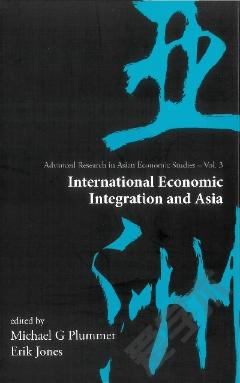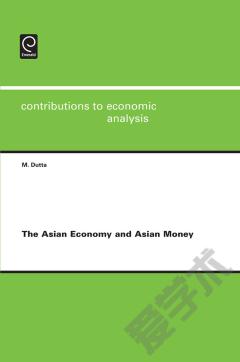Global Linkages And Economic Rebalancing In East Asia
In the wake of the global financial crisis, leading industrialized countries have managed to show only a gradual recovery, while East Asian economies have surged ahead. In particular, China achieved growth in excess of 10% in 2010 and is expected to continue growing at a rapid pace. It appears that in the coming years, East Asia will play an even greater role as a growth center leading global economic expansion. Following the Asian currency crisis of 1997-98, consumption and investment in the region decreased considerably, and East Asian economies recovered on the strength of exports. Presently, however, amid a less-than-robust recovery in the US and Europe, the sustainability of East Asia's reliance on export-led growth has been called into question. The region's transition to growth based on a balance of foreign and domestic demand is important for both building a stronger foundation for sustainable growth and buttressing global economic expansion. Moreover, the rebalancing of demand in East Asia holds the key to rectifying global current account imbalances — the disadvantage of uneven international capital flows. This unique volume illuminates policy issues involved in the efforts to promote the rebalancing of demand in East Asia.
{{comment.content}}








 京公网安备 11010802027623号
京公网安备 11010802027623号